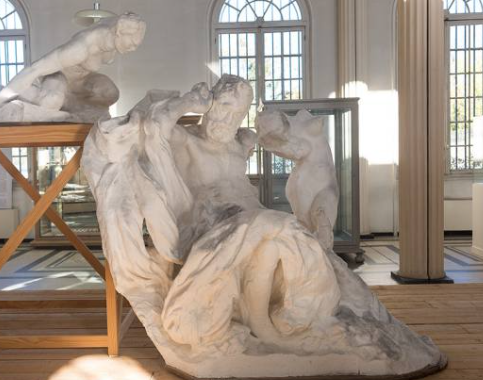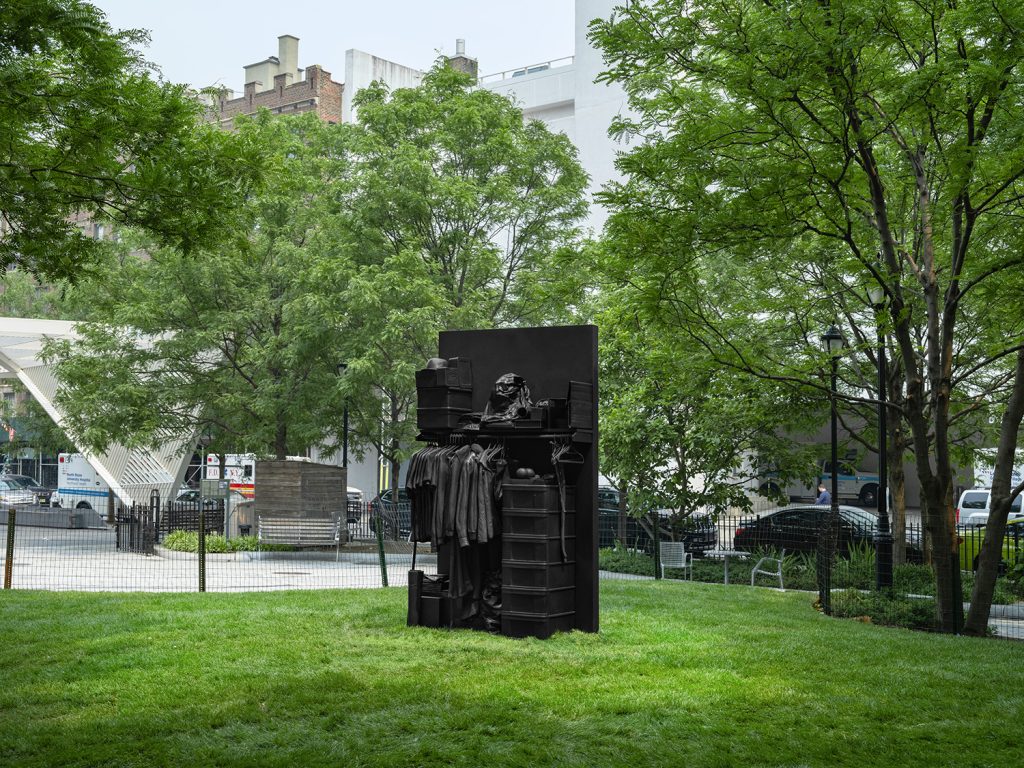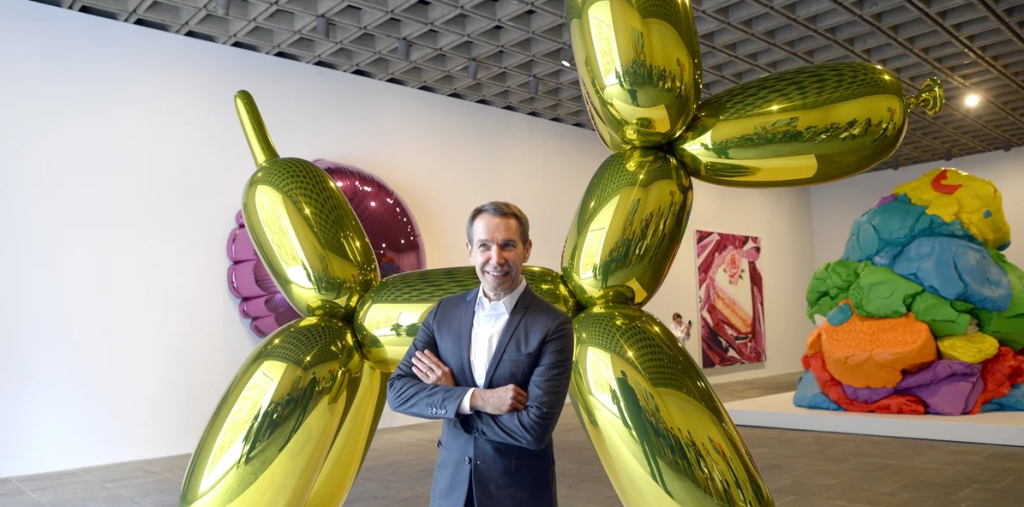The Artistic Dialogue: Rodin’s Sculptural Tribute to Victor Hugo
The relationship between art and literature has often inspired some of the most profound creations in history. One stellar example is sculptor Auguste Rodin’s tribute to the literary giant Victor Hugo. This exploration of their connection reveals not only Rodin’s admiration for Hugo but also demonstrates how their artistic expressions resonate with one another.
The Context of Artistic Influence
Auguste Rodin was profoundly influenced by Victor Hugo, whose writings captured the complexities of the human condition. Rodin saw Hugo not just as a literary figure but as an artistic counterpart whose themes of love, struggle, and existential inquiry spoke to his own sculptural vision. The political activism found in Hugo’s works, coupled with his ability to portray deep emotional experiences, resonated with Rodin’s sculptural style, which aimed to convey movement and emotion through form. This synergy between literature and sculpture underlines the importance of cross-disciplinary dialogues in enriching the artistic landscape.
Rodin’s Masterpiece: “The Gates of Hell”
One of Rodin’s most ambitious projects, “The Gates of Hell,” serves as a monumental tribute to Victor Hugo. Inspired by Hugo’s poetry, particularly “Les Contemplations,” Rodin envisioned a grand door filled with intricate figures that illustrate themes of despair and redemption. The gates are adorned with over 200 figures, each telling a story of human experience. Notably, works like “The Thinker” and “The Kiss” emerged from this project, showcasing Rodin’s knack for capturing the emotional intensity found in Hugo’s literary world. This integration of literary themes makes “The Gates of Hell” a landmark in both literature and sculpture.
The Lasting Legacy of Rodin and Hugo
The friendship between Rodin and Hugo underscores the importance of artistic collaboration. Although their interactions were limited, Hugo’s impact on Rodin’s work is undeniably profound. Rodin’s sculptures not only pay homage to Hugo but also highlight the broader narrative of how one art form can breathe new life into another. Their legacy lives on, inspiring artists across various mediums to explore the intersections between literature and visual arts. As society continues to grapple with complex emotions and narratives, this dialogue remains ever relevant.
In conclusion, the artistic connection between Rodin and Hugo is a beautiful reminder of how one creative spirit can inspire another. Their collaboration across mediums fosters a deeper understanding of human experiences, reminding us to explore the richness of art and literature. To learn more about their works and their contributions to the artistic world, consider visiting local galleries or reading more of their texts.


